September 24, 2020 / 14:00 to 15:30 (PM - GMT/UTC) &
September 25, 2020 / 06:00 to 07:30 (Am - GMT/UTC)
The webinar was held live on September 24th and then rebroadcast on September 25th with a live Q/A. Both recordings posted below are of the same webinar, but the Q&A sessions are different.
This IEA SHC Solar Academy webinar provided a brief introduction to the IEA-SHC Task 61 / Annex 77 entitled: Integrated Solutions for Daylighting and Electric Lighting, as well as, input from lighting experts in a number of areas. Participants of Task 61 / Annex 77 are working to create and develop strategies combining daylighting and appropriate lighting control systems to lead to:
- very high energy-efficient lighting schemes, and
- solutions offering the best lighting conditions for human being.
Webinar Recordings
Both recordings have the same webinar, but the Q&A are different.
September 24th @ 2:00 pm - 3:30 pm UTC / GMT
Live presentation and Q&A
September 25th @ 6:00 am UTC / GMT (4:00 pm - 5:30 pm AEST)
Recording of September 24th webinar PLUS live Q&A with presenters
Presenters
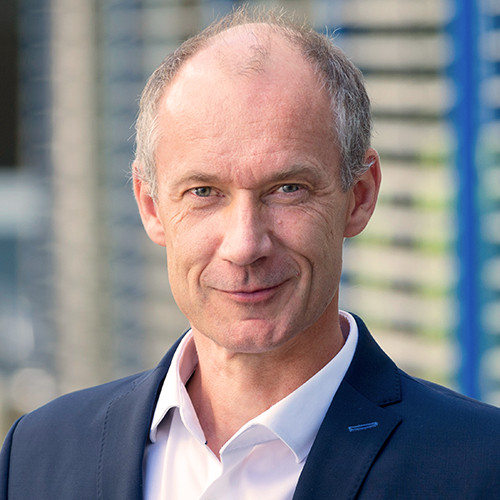 Jan de Boer
Jan de Boer
Motivation and Introduction to Task 61
Jan de Boer is the group manager of Lighting Technology and Passive Solar Systems at the Fraunhofer Institute for Building Physics (IBP) in Stuttgart. He's was a member and coordinator of several standardization commissions and working groups on energy efficient lighting from 2013 - 2015: Jan is also the operating agent of the IEA-SHC Task 50 -- Advanced Lighting Solutions for Retrofitting Buildings and since 2018 he's been the operating agent of the IEA-SHC Task 61 / EBC Annex77 -- Integrated Solutions for Daylighting and Electric Lighting.
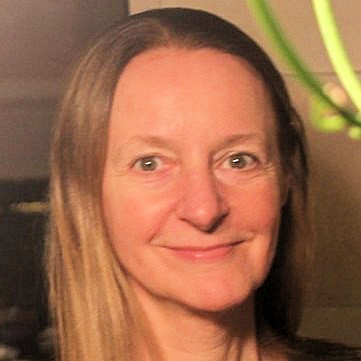 Barbara Szybinska Matusiak
Barbara Szybinska Matusiak
User requirements for lighting environments
Barbara Szybinkska Matusiak is the head of the Energy & Environment Group at the Norwegian University of Science and Technology and professor at the Department of Architecture and Technology. She is trained as an architect, and has 6 years of practice from architectural offices and 15 years of experience as teacher and scientist. She is also the Subtask A leader of the IEA-SHC Task 61 / EBC Annex 77.
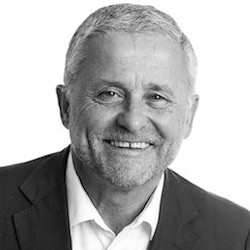 Marc Fontoynont
Marc Fontoynont
Technical Solutions for simplified maintenance, improved reliability, user friendliness in design and application of systems
Marc Fontoynot is a professor at the Danish Building Research Institute (SBI), Aalborg University Copenhagen. He's also the convenor of CEN Standardization group TC 169-WG11 Daylight. Marc is also active in various innovative programs dealing with developing new lighting techniques, including reduction of energy use, higher human well-being, and developing techniques to facilitate decision-making by groups of stakeholders in the field of construction, design and city planning, with participants sharing VR environments on the internet.
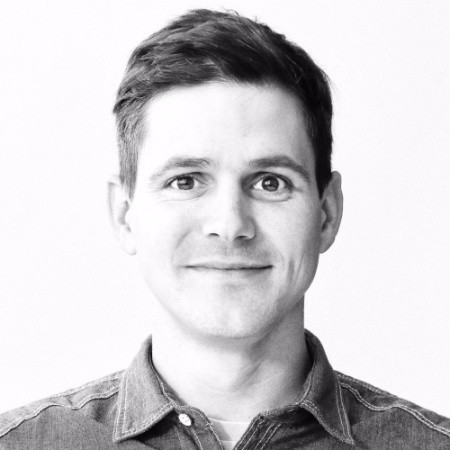 David Geisler Moroder
David Geisler Moroder
Design support for practitioners - simulation workflows and daylight system characterization
Dr. David Geisler-Moroder studied at the University of Innsbruck, Austria where he achieved a master and a PhD degree in technical mathematics. In his degree and doctoral thesis he worked on mathematical questions in lighting technology. Since 2010 he has been working as a project manager and head of the competence field daylight in the R&D department of Bartenbach. His main work and research areas include the development of simulation methods, the interface between daylighting and building physics, daylighting systems, and lighting technology principles.
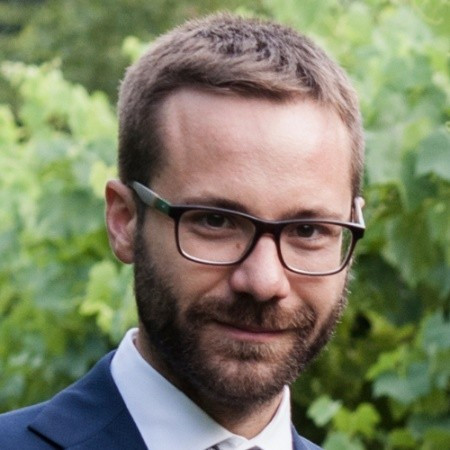 Niko Gentile
Niko Gentile
Instruments and methods for assessing integrative/circadian lighting systems in health environments and offices
Niko Gentile has been the assistant professor at the Institute of Architecture and the Built Environment, Lund University, Sweden. Over the last eight years, Niko has been working in the field of lighting and daylighting, mixing technical and observed-based evaluations. His research focuses on the role of user in driving energy saving, targeting mainly at the role of lighting controls. Niko participated in the International Energy Agency (IEA) SHC Task 50 and he is currently leading Subtask D of IEA SHC Task 61 / EBC Annex 77 together with Prof Werner Osterhaus.
 Werner Osterhaus
Werner Osterhaus
Werner is an architect, lighting designer and Professor of Lighting Design Research at the Department of Engineering at Aarhus University in Denmark. His passion lies in applying design, technology and science to architectural (day)lighting to ensure well-being and pleasant experiences for building occupants and a sustainable built environment. Werner has been involved in daylighting research and design since he first started working with Lawrence Berkeley National Laboratory’s Windows and Daylighting research group in 1987.
Since 1994, he has been a full-time academic in architecture in the USA, New Zealand and Germany, and since 2009 in architectural engineering in Denmark. He focuses on lighting design, sustainable architecture and building environmental science. Werner has lead and contributed to numerous national and international research projects, published many scientific articles, and regularly serves as reviewer for research funding agencies and international journals.
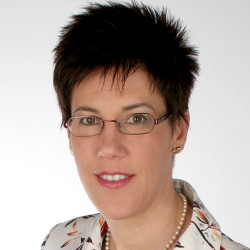 Moderator: BÄRBEL EPP
Moderator: BÄRBEL EPP
Bärbel Epp is the founder and managing director of the German consultancy solrico – solar market research & international communication. She is responsible for the international newsletter on the web portal www.solarthermalworld.org, reporting exclusively about market and technology trends in the solar heating and cooling sector. For three years Bärbel Epp is author of the SHC chapter of the Annual Global Status Report on Renewables published by REN21. In her presentation, Bärbel will present solar heating and cooling industry and business trends for 2019.